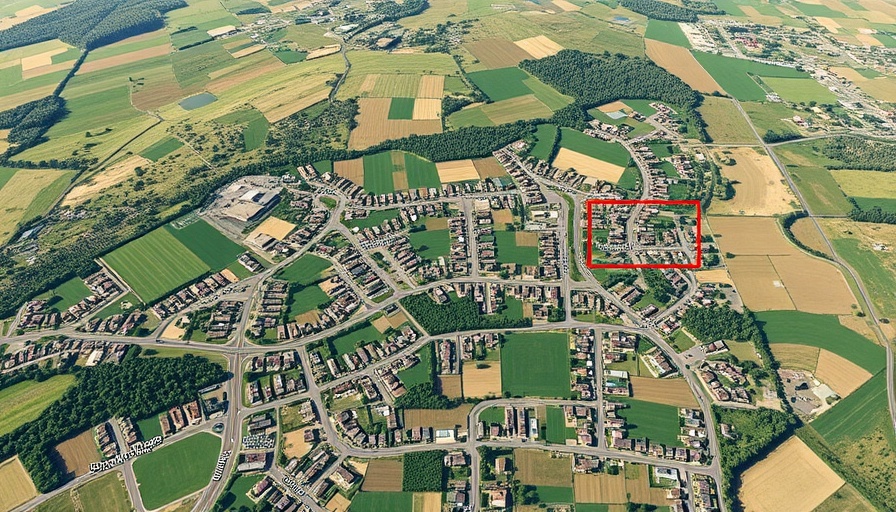
Major Bust on I-74: Cocaine Traffic and Its Implications
The recent traffic stop on I-74 in McLean County that led to the arrest of California trucker Osvaldo Anaya Ramirez has sent shockwaves through not only the local law enforcement community but also the broader conversation about trafficking and drug crime in America. The Illinois State Police reported that nearly 80 pounds of cocaine, valued at a staggering $3.6 million, was found during a routine vehicle inspection. This bust adds another chilling chapter to the ongoing battle against illegal drug trafficking on U.S. highways.
Understanding Traffic Patterns for Drug Smugglers
The I-74 corridor has been increasingly scrutinized by state authorities due to its strategic position as a transport route. This latest incident is reflective of a disturbing trend where traffickers exploit busy highways to move large quantities of illegal drugs. The method? Using seemingly innocent cargo—like “empty wine barrels,” as claimed by Anaya Ramirez—to mask the illicit contents. Understanding the patterns and logistics of drug distribution is crucial for both law enforcement and the community.
Counterarguments: A Look at the Other Side of the Story
During investigations such as this, the claims made by arrested individuals can often raise questions. Anaya Ramirez stated he had no knowledge of the cocaine in his vehicle. While this narrative seeks to provide a defense, it can't be overlooked that many traffickers often wrap themselves in layers of deception. This creates an environment where the enforcement of drug laws becomes incredibly complex. Many defenders might suggest that truckers are often unwitting participants in larger networks; however, the law holds that ignorance of the contents does not absolve one of responsibility.
The Ripple Effect of Drug Trafficking
This arrest comes just months after another noteworthy bust along the same highway, where over 234 pounds of cocaine was seized, valued at $10 million. Such high-profile drug trafficking cases have dramatic implications. They not only impact law enforcement budgets and strategies but also reveal how drug abuse affects communities far beyond mere statistics. Families are shattered, neighborhoods become unsafe, and local economies can suffer from the fallout.
Next Steps: Community Action and Engagement
As homeowners and renters seek to stay informed about the issues that affect their lives, understanding the implications of drug trafficking becomes increasingly important. The action taken by law enforcement should be a rallying point for community discussion about safety, awareness, and proactive measures in fighting against drug-related crime. Engaging local organizations and attending community forums can foster a greater sense of belonging and safety.
The question now lies in how communities will respond: Will residents come together to ensure their neighborhoods are not just safe but also vigilant against crime? The next few months will be telling as public discourse evolves around these concerns.
As drug trafficking continues to affect countless lives, community engagement and support networks become ever more vital. We encourage readers to support local initiatives that aim to combat drug abuse and trafficking. Being informed, vigilant, and active can create a stronger defense against the challenges posed by these crimes.
 Add Row
Add Row  Add
Add 




Write A Comment